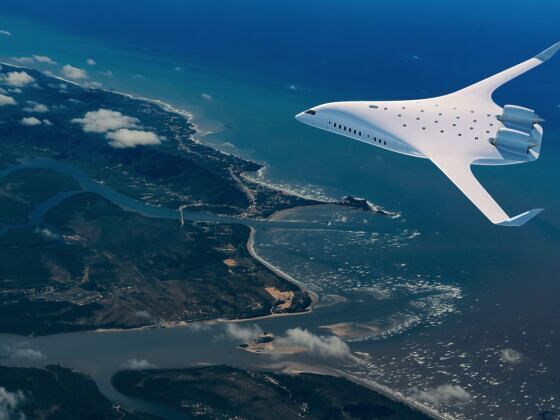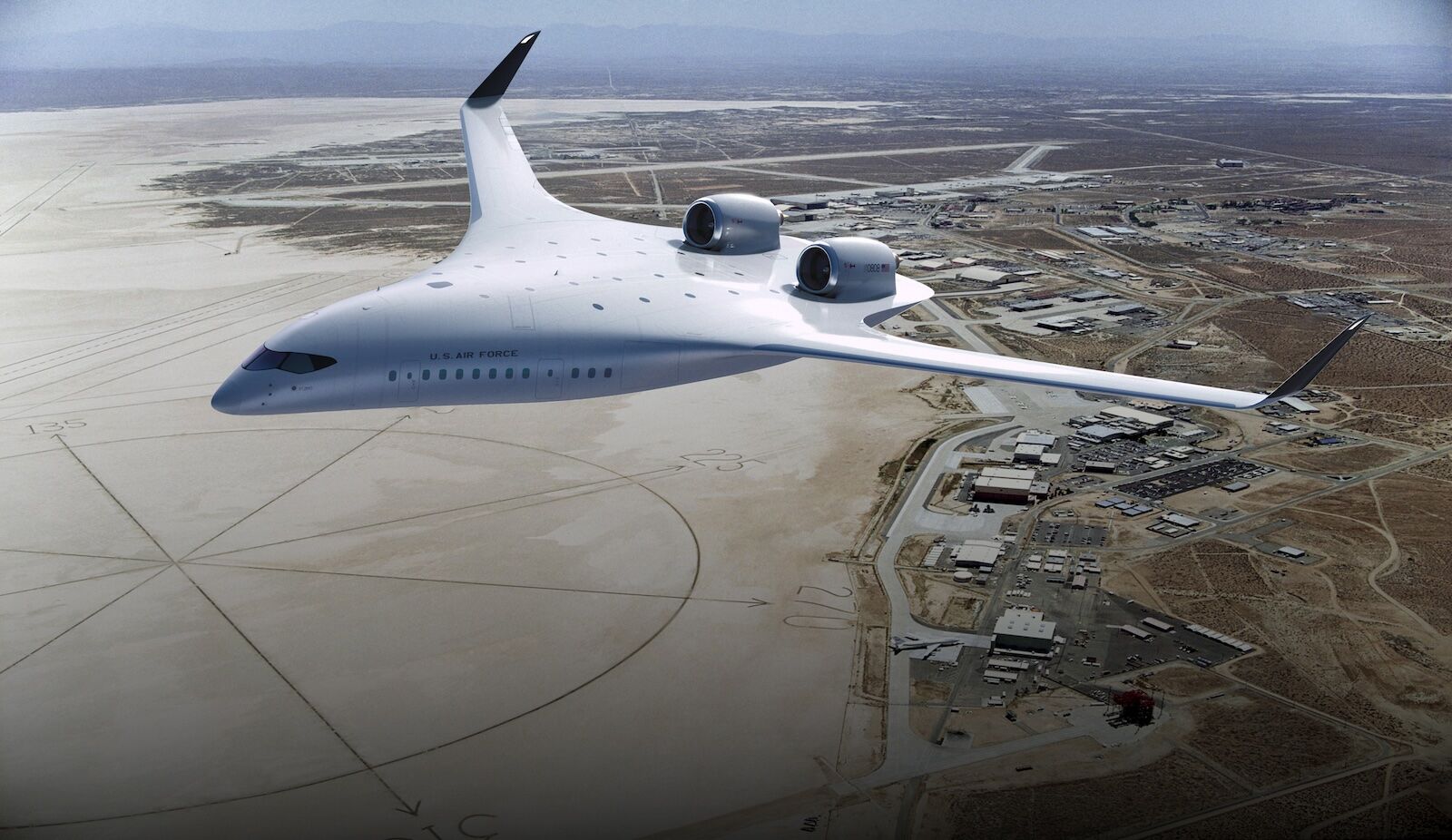Alaska Airlines is investing significant capital into the design of more fuel-efficient aircraft, and if this new aircraft comes to fruition it could not only save fuel but make the flying experience more enjoyable for travelers. The company announced it has invested in a company building a new airplane design that will use less fuel to fly and will be fully compatible with sustainable aviation fuel (SAF), if and when SAF is produced at scale. I’ve outlined some of the challenges to sustainable aviation fuel below, but the lede to this story is undeniably positive: while progress happens to bring more efficient fuel and even hydrogen-powered aircraft to fruition, other avenues are evolving to make flying, which accounts for about four percent of global carbon emissions, more sustainable.


Alaska Airlines Invests in an Emissions-Reduction Strategy More Promising Than Sustainable Aviation Fuel
Fast Company reported this week that Alaska Airlines has invested heavily in JetZero, a California-based startup working to develop what’s known as a “blended wing aircraft” for commercial use. This concept refers to a plane that blends the wings with the plane’s body to eliminate drag and make the aircraft more aerodynamic. This means less fuel is needed throughout a flight, with the company claiming it may use only half the fuel of today’s aircraft. The plane, if and when it reaches fruition (the company says by 2030, will be SAF compatible, meaning it could not only be carbon-emissions-free but also use less of the sustainable fuel than would a traditionally-designed plane.
Why a more efficient plane design is necessary

Photo courtesy JetZero
Sustainable aviation fuel holds immense potential for reducing the aviation industry’s carbon footprint by replacing traditional jet fuel with fuel derived from corn or other renewable resources, or by using carbon captured from the air alongside synthetic materials. That said, significant hurdles impede its widespread adoption – not least the fact that no one is certain we have enough land to grow all that corn just for fuel. Also, the exorbitant cost of producing SAF compared to traditional jet fuel is a big impediment, as is the limited availability of sustainable feedstocks, and the lack of necessary infrastructure for SAF distribution and refueling.
And that’s before government regulations come into play. A change this significant in an industry that requires consistently perfect execution will require a rigourous certification processes before the fuel can be widely used, and as of yet there are insufficient government incentives and a widespread lack of public awareness that SAF can even exist. Overcoming these obstacles requires concerted efforts from governments, airlines, fuel producers, and consumers to invest in research and development, expand production capacity, build the required infrastructure, and foster public support for SAF. This is no easy task – and it’s going to take decades to achieve, if it’s even possible at all.
The blended wing design being developed by JetZero is a logical step forward, whether or not it ever uses SAF. It has the possibility to make flights less smoother, and maybe even less turbulent, by reducing drag.
Other ways the comercial aviation industry is looking at to reduce or offset its emissions include carbon removal technology, which pulls carbon dioxide from the air, and developing electric aircraft.